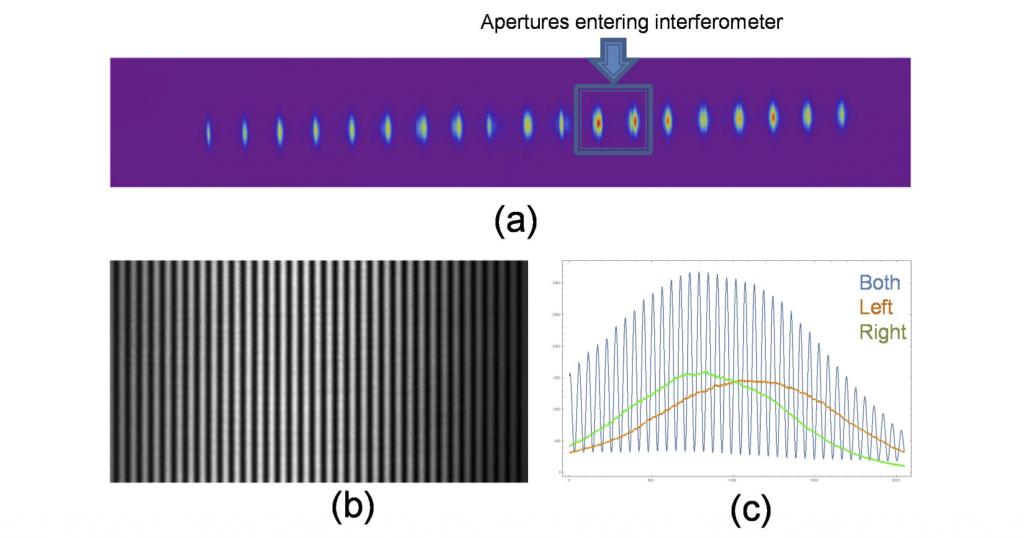Sheldon Wu (15-ERD-009)
Abstract
High-power laser diode array technology for use as an excitation source for lasers has advanced in the last 25 years far beyond that of their predecessor, the flash lamp. These advancements, particularly the high efficiency and ruggedness of diode arrays, have enabled development in areas ranging from medical lasers to materials processing to directed energy. Optical coupling and phase locking, which induces coherence among otherwise independent laser-beam apertures, is a well-recognized technique for increasing laser system radiance because it offers a tremendous simplification over existing laser systems. It has been unsuccessfully pursued since the early 1970s. Recently, however, these two technical issues have been resolved and we propose to leverage these recent advances to increase both the spatial and spectral brightness of laser diode arrays. Specifically, this project is exploring extending technologies in customized micro-optics arrays and spectral-selective partial reflectors in an optical scheme that establishes coherence between the individual facets in the array and, in so doing, enable higher beam-quality output than has been previously possible. In addition, the phase-locked arrays that we intend to develop will expand applications of laser diode arrays and benefit both the defense and commercial laser communities.
We expect to demonstrate a phase-locked, multiple-kilowatt direct-diode array in a robust and simple package that could readily be made available for use in directed-energy weapons and photon-assisted materials-processing applications. If successful, we anticipate the generation of valuable intellectual property and licensing opportunities for LLNL. To accomplish this task, we will use a two-dimensional diode array comprised of bars with an anti-reflective coating on their output facets and include an optical conditioning package that consists of fast- and slow-axis collimating lenses and an advanced optic that corrects for errors across the individual bars. Then, using one of several well-developed passive cavity optical schemes to couple the individual apertures that make up the array, we will close the laser resonator using a spectrally selective mirror in the form of a continuous grating that covers the entire emission aperture of the array.
Mission Relevance
If successful, our research will enable the use of direct diodes in many applications that require diode-pumped systems by greatly simplifying these systems. Simplifying laser systems for both directed-energy and material-processing applications support a central Laboratory mission in national security and the core competency in lasers and optical science and technology.
FY15 Accomplishments and Results
In the first six months of our project, we (1) acquired laser diode arrays from two vendors with varying degrees of micro-optic conditioning; (2) designed and placed a procurement for customized micro-optics that will allow us to complete the first phase of our proposed work, the demonstration of phase locking at the single-diode-bar level; (2) designed and procured several complex spatial filters that have allowed us to assemble a test station in our laboratory and demonstrate, at a very preliminary stage, phase locking between neighboring emitters on a diode bar (see figure); and (3) designed and implemented a series of unique intra-cavity optical diagnostics that permit us to quantify the level of phase locking achieved as well as the far-field characteristics of the radiation.






